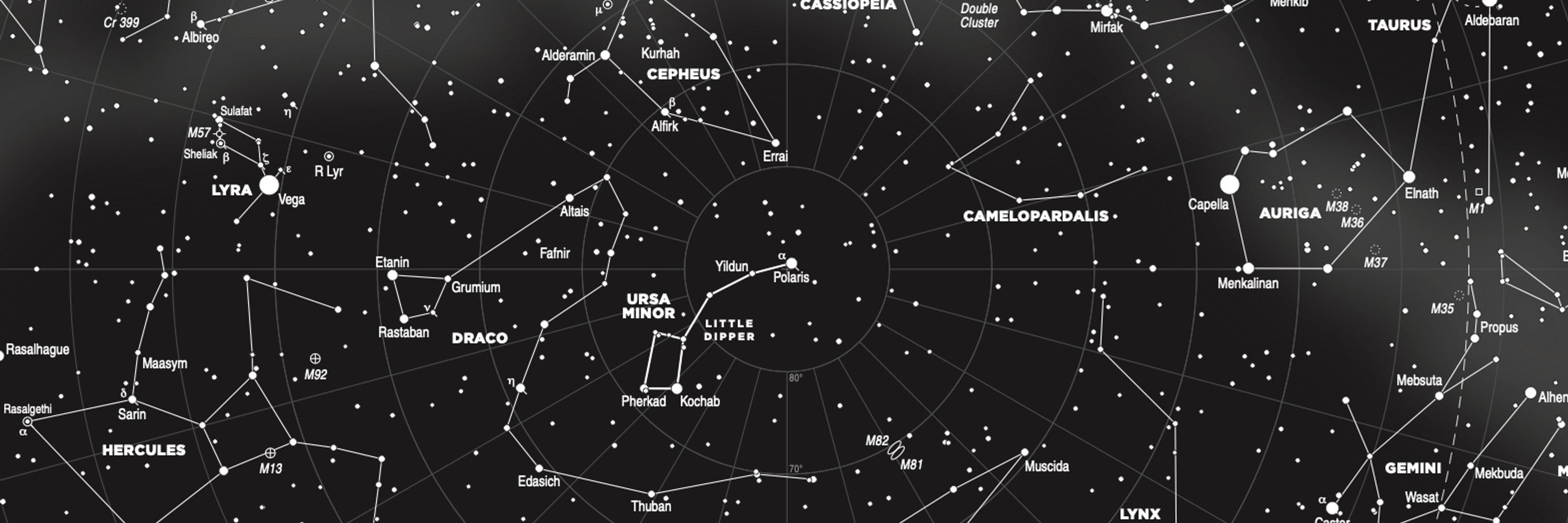
Kym Thalassoudis PhD
Lore: Skymaps.com/myths/

Lore: Skymaps.com/myths/
#stargazing

#stargazing
Live Stack: 13x30s. Rig details: skymaps.com/ir0/
#comet #cometLemmon

Live Stack: 13x30s. Rig details: skymaps.com/ir0/
#comet #cometLemmon
#stargazing #Moon




#stargazing #Moon
#stargazing

#stargazing
#stargazing


#stargazing
#stargazing
skymaps.com/skycalendar/
#stargazing
skymaps.com/skycalendar/
#stargazing

#stargazing
#supermoon #stargazing

#supermoon #stargazing
#stargazing

#stargazing
#stargazing #space

#stargazing #space

in-the-sky.org/news.php?id=...

in-the-sky.org/news.php?id=...
#stargazing
#stargazing
#stargazing
#stargazing
#astrophotography

#astrophotography
#stargazing

#stargazing
Mono image (20x30s) with this imaging rig: skymaps.com/ir2/

Mono image (20x30s) with this imaging rig: skymaps.com/ir2/
Sky mythology books: skymaps.com/myths/

Sky mythology books: skymaps.com/myths/
#outreach #sun


Askar SQA55 image: skymaps.com/ir0/

Askar SQA55 image: skymaps.com/ir0/
More October sky events: skymaps.com/skycalendar/
More October sky events: skymaps.com/skycalendar/
#stargazing
skymaps.com/skycalendar/
#stargazing
skymaps.com/skycalendar/
#stargazing
More celestial events for October 2025: skymaps.com/skycalendar/

#stargazing
More celestial events for October 2025: skymaps.com/skycalendar/

